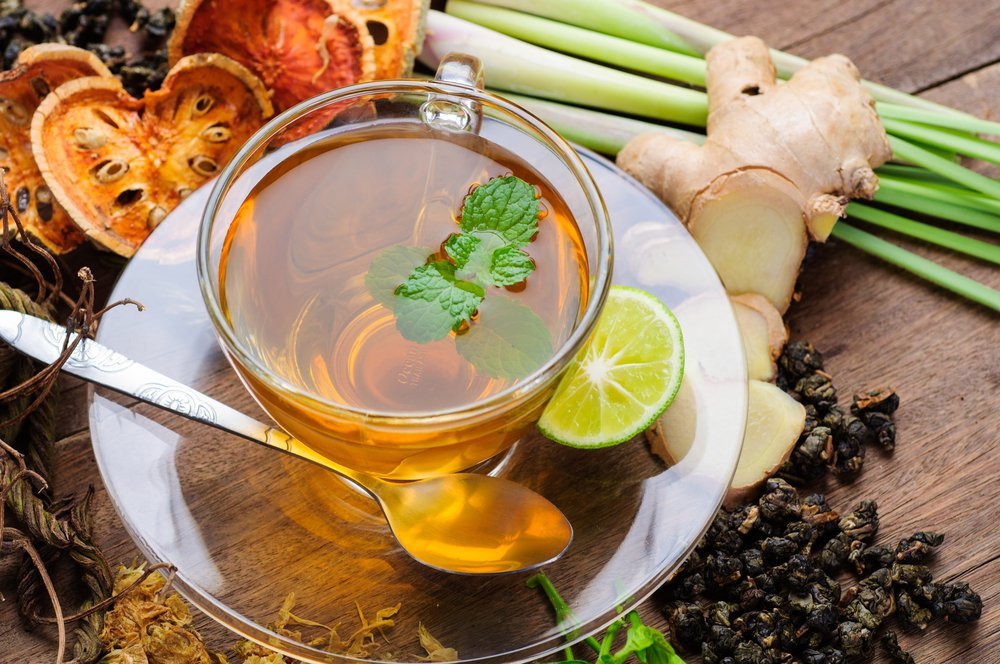Most probably, you have heard the term “bursa” or “knee bursitis”, if no…then let me explain it first. Well, the bursa is like a tiny water balloon that contains a few drops of fluid. Basically, a bursa is wedged between soft tissues and bones. It helps to protect the bones, muscles, and tendons near joints. However, when bursa gets inflamed or irritated, then that condition is known as bursitis.
What Triggers Bursitis of the Knee?
As mentioned above, a bursa is a small sac made of slippery and thin tissues. Bursa is located in the body where two joints are connected with each other, including the elbow, knee, shoulder, hip, and heel. Bursitis symptoms occur when a bursa gets inflamed, and it turns from thin lining to thick size. In short, the bursa gets filled with fluid. In the case of knee bursitis, the bursa gets irritated and cause bursitis.
An adult body has approximately 160 Bursae, and about 11 bursae are found near the knee joint. Here, two bursae are known as pre-patellar bursae.
Everything You Should Know About Water on the Knee
You may have heard the terms fluid on the knee or knee effusion that are associated with “water on the knee”, all are the same. Basically, when the knee joint collects extra fluid in the bursa that can lead to pain or swelling, most often, you will feel difficulty to bend your knee.
Water on the knee can be the due to infection, injury, or a medical condition. The symptoms of fluid on the knee will depend on the reason for excess water on the knee.
You may feel pain around your joints while bearing weight, swelling on the affected area, feel difficulty to move and bend your knee. Knee effusion can be due to any injury or infection. In that case, you must try some home remedies before opting for medical treatment.
What Causes Pre-patellar Bursitis?
There are several reasons that can cause pre-patellar bursitis, let’s get started:
- Continuous pressure on the knee
- Critical injury on the front of the knee
- When you fall on the knee
- Due to bacterial infection
- Bleeding in the bursa
- Due to injury, bacteria can enter inside the bursa
Symptoms of Prepatellar Bursitis
Symptoms may vary, that will depend on which bursa is affected. The following are some symptoms that indicate prepatellar bursitis:
- You can see inflamed bursa swells more and more with fluid over time.
- Knee bursitis may vary as some people feel achy and some feel inflammation around the joint.
- Some people feel pain when they press the affected area.
- Instant swelling on the front of the knee.
- If the bursitis is caused by infection, then it may produce tenderness and fluid.
Treatment Plan to Get Rid of Pre-patellar Bursitis
Many of you may opt for a non-surgical treatment plan first because it is more effective and wallet-friendly than surgical treatment. However, you must make sure the bursa is not infected and just inflamed.
The following are some methods to reduce pre-patellar bursitis symptoms. Once your this problem is resolved, patients can prevent themselves from bursitis problem in the future.
- Get some rest
If you are one of those who use to play football or other games that require pressure on your knee, then at that time, you must get some rest. In the case of knee bursitis, you must avoid staying on your knee for a long time, crawling and pressuring on your knee.
- Put an ice bag
This is another the best method and home remedy, and all you need to do is place an ice bag on your affected area of the knee to get relief from pain. You can apply an ice bag 3-4 times per day. The alternative to an ice bag is to place frozen veggies for 20-25 minutes. In this way, you can minimize the swelling, pain, and symptoms.
- Lift your knee up
One thing is clear that you must have some rest, so you can place your leg on the pillow to get relief and diminish the swelling.
- Make use of elastic medical bandage
This is the best method to control your swelling by wrapping up your affected knee with an elastic medical bandage.
- Non-steroidal anti-inflammatory drugs (NSAIDs)
Medication including ibuprofen, aspirin, COX-2 inhibitors, and naproxen can help you get rid of pain and control tenderness or inflammation. But, make sure to get a consultation from your doctor before taking any medicine.
Final Thoughts
Anyone can suffer from knee bursitis, but make sure you are taking care of your joints. Ensure you are having knee braces to protect your knee from injuries. Basically, knee braces can help you to provide a little relaxation when your knee gets hurt. In a nutshell, self-management is the first thing to keep your joints safe from external and internal injuries. And, rest is over medical treatment and home remedies.



